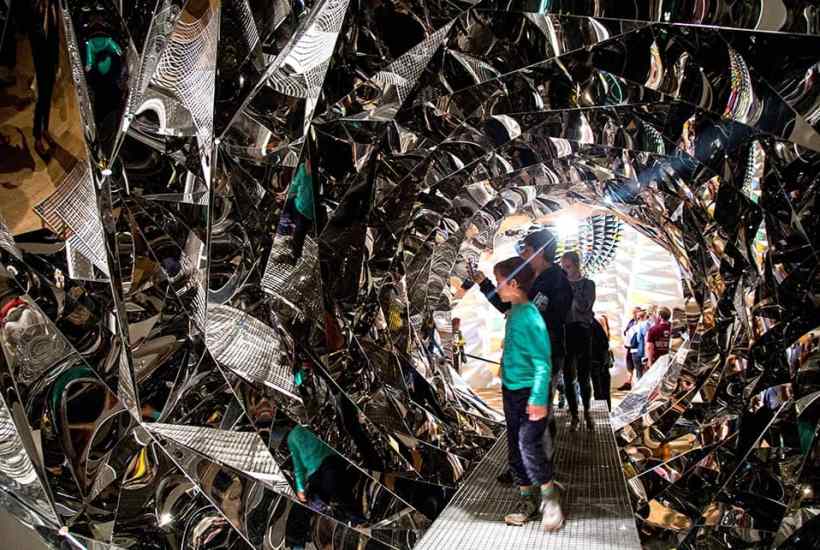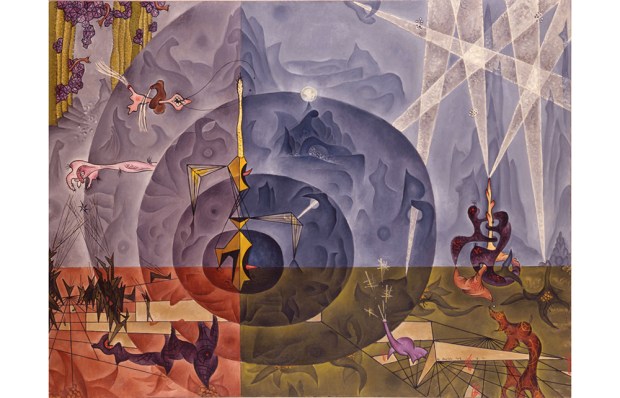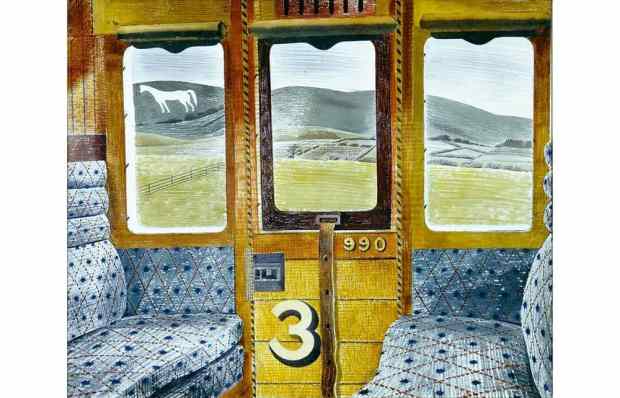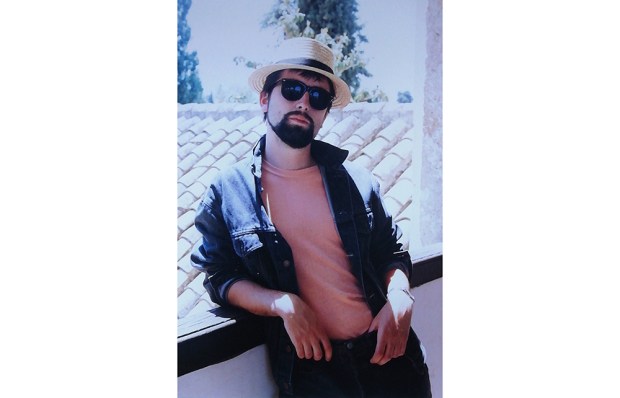This book covers the period 1878-2000, offering thought provoking commentary on some 120 years of experiments in being modern, and begins with the famous court case after John Ruskin accused James Whistler of ‘flinging a pot of paint in the public’s face’. But Michael Bird does not limit his perspective to a single artist or cause per chapter. Part of the deep appeal of his writing is the range of reference across literature and art, bringing in key historical events where appropriate. He does a superb job of connecting and deftly summoning context, always seeking to illuminate the larger picture. And he stitches apt quotation through the text, returning to certain sources again and again for added effect, Henry James and Walter Sickert being just two.
Bird marshals his material elegantly and tellingly in very visual writing which nicely balances the play of ideas. There’s a memorably precise description of a Gwen John painting, for instance; and here he is on Art Nouveau:
Its defining features – seen in building façades and teapots, haute couture and cheap costume jewellery – were sinuous lines and clearly defined shapes, with a top note of erotic reverie, in which the curves and motions of young female bodies and growing plants echoed each other in a kind of mutual visual ventriloquism.
The ostensible subject of his fifth chapter is ‘Manet and the Post-Impressionists’, referring to the two exhibitions in 1910 and 1912 that changed the face of modern British art, organised by Roger Fry. Bird usefully puts Fry in context as the former director of the Metropolitan Museum in New York buying up pictures in Europe. This gave him a taste for the ‘power to influence’, hence his new career as exhibition organiser. But Bird doesn’t let the story rest there, pointing out that the supposedly revolutionary art shown in Fry’s exhibitions was already outdated, and Marinetti’s Futurism was much more of the moment. Added to which there were the art-threatening activities of the suffragettes. Bird has the gift of making the reader witness these debates. His crisp sentences live in the mind and the imagination.
He is good on the let-down of war, when a whole dream of modernity – the belief in machines – was crushed in the trenches of the first world war. He writes evocatively of so many artists that it’s hard to single out specific examples, but I particularly liked what he says about Frank Auerbach and David Bomberg, Henry Moore and art becoming an international cultural commodity, and Eduardo Paolozzi and the ‘Geometry of Fear’ sculptors. He understands the appeal of popular culture and analyses with gusto the original This is Tomorrow exhibition at the Whitechapel Gallery in 1956, which gives his book its title. Subsequently, he details art’s new relationship with the mass media.
Sadly, after the 1960s the art becomes less and less interesting, more political and increasingly involved with marketing and commerce. Bird points to the intriguing parallel between the country’s shift from manufacturing to services, and the focus of art veering from ‘productivist object-making to the conceptual trading floor of pure ideas’. Message had become more important than making, and although these developments may be too close to view objectively, it does look as if art lost its way. Is it so surprising that Tate Modern is more like playground than an art gallery?
This is not so much art history as artists’ history: the inside story of how the making of art is ‘a potent, open-ended form of participation in the life of your own time’, as Bird puts it. The text is mercifully free of persiflage and footnotes, and references are kept to a minimum in the end matter where they belong. Bird writes beautifully, researches heftily and thinks creatively around his subject. He makes us look at familiar things anew by his descriptions – ‘the sombre passion of its body language’ about the Burghers of Calais in Westminster, or nature, in murals by Edward Bawden and Eric Ravilious, ‘friendly as wallpaper’.
With so much to collate and coordinate, it would be remarkable if there were no mistakes of fact or emphasis. Lilian Somerville studied at the Slade in 1922-6, not in the 1930s, and ‘Cool Britannia’ was not coined by Stryker McGuire but by the Bonzo Dog Doo-Dah Band in 1967. To call Edward Marsh a ‘literary editor’ is perhaps less helpful than explaining that he was an important patron and art collector. And there’s a reference to ‘unseen birdsong’ which gave me pause. But these are very minor cavils and I include them only so that they may be considered when This is Tomorrow is reprinted, which I’m sure it will be. It’s a brilliant book, by far the best survey of a period that I’ve read in years. I just wish it had a better cover design.
Got something to add? Join the discussion and comment below.
Get 10 issues for just $10
Subscribe to The Spectator Australia today for the next 10 magazine issues, plus full online access, for just $10.
You might disagree with half of it, but you’ll enjoy reading all of it. Try your first month for free, then just $2 a week for the remainder of your first year.














Comments
Don't miss out
Join the conversation with other Spectator Australia readers. Subscribe to leave a comment.
SUBSCRIBEAlready a subscriber? Log in